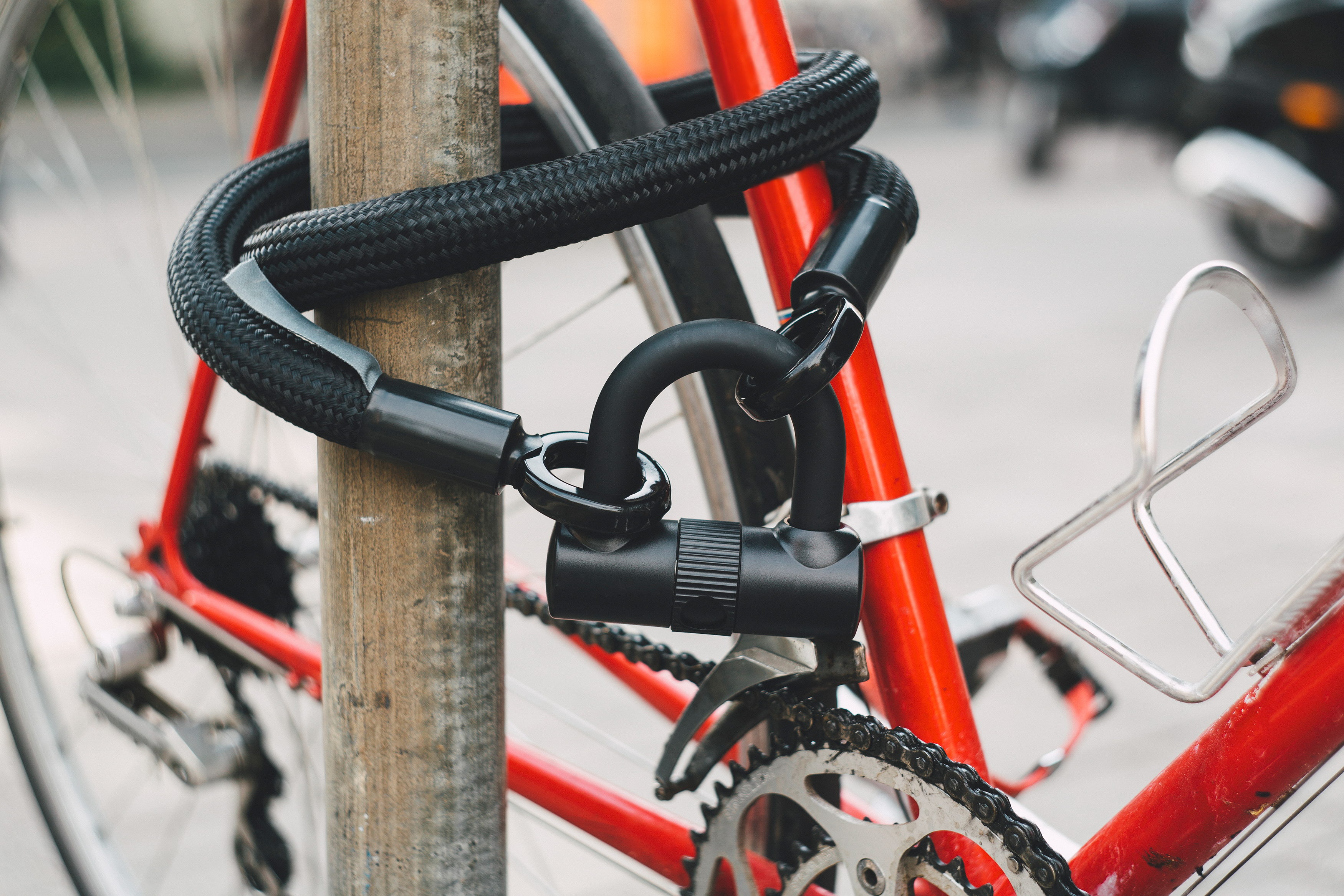Thinking About Buying a New Bicycle?
Almost 2 million bicycles are stolen in the U.S. every year, according to the National Bike Registry, and most of them are never seen again. With the increasingly popularity of cycling as both a sport and a means of transportation, bicycles have become a target for thieves.
Bicycles are stolen most often in densely populated areas such as cities and suburbs, but university and college towns are another hot spot, with bicycle theft representing over half of property crimes on campuses.
Bicycles are covered under the Personal Property section of standard homeowners and renters insurance policies. This coverage will reimburse you, minus your deductible, if your bike is stolen or damaged in a fire, hurricane, or other disaster listed in your policy.
There are two types of coverage for personal property:
- Actual Cash Value
Actual cash value is what the bicycle is actually worth given its age. A ten-year-old bicycle, for example, would be valued at the cost of a new bicycle minus ten years depreciation. - Replacement Cost Coverage
Replacement cost coverage reimburses you for what it would cost to replace your ten-year-old bicycle with one of like kind and quality at today's cost. The price of replacement cost coverage is about 10% more than actual cash value, but it can be a good investment.
Homeowners and renters insurance also provide liability protection for harm you cause to someone else or their property. So, if you injure someone in a bicycle accident, and they decide to sue, you will be covered. This portion of your policy also includes no-fault medical coverage; in the event you injure someone, he or she can simply submit medical bills to your insurance company. This way, medical bills can be paid without having to go to court. You can generally get $1,000 to $5,000 worth of this type of coverage.
To make sure your bicycle is adequately protected, the I.I.I. suggests the following:
- Save all your receipts
When you buy your bicycle you will probably purchase expensive equipment to go with it. Be sure to save your receipts for everything. The cost of a helmet, patch kits, pumps, extra inner tubes, and other essentials can add up quickly. If your bike is damaged or stolen, having receipts will speed the claims process. - Add your bike to your home inventory
Everyone should have an up-to-date home inventory of their personal possessions. This can help you purchase the correct amount of insurance and speed the claims process if there is a loss.
To protect yourself and your bike while cycling, follow some simple rules:
- Always wear a helmet. The most serious bike injuries are to the head.
- Wear reflective clothing so motorists can see you.
- Do regular maintenance on your bicycle. Repair tires and brakes as they get old.
- Obey the rules of the road. Follow the same rules that apply to cars and other vehicles, such as stopping at stop signs and yielding to pedestrians.
- Ride in the same direction as cars, never against traffic.
- Ride well to the left of parked cars. This will help you avoid being “doored” when a motorist unexpectedly opens the driver's side door as you ride by.
To learn more about bicycle theft and safety visit the National Highway Traffic Safety Administration.
Sources:Insurance Information Institute








